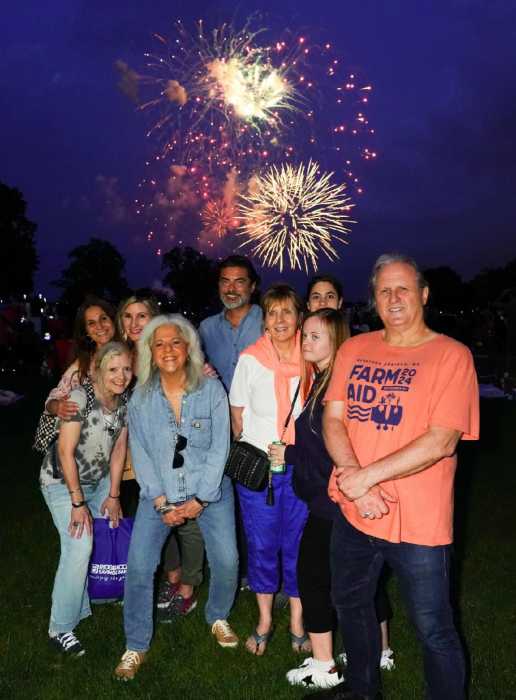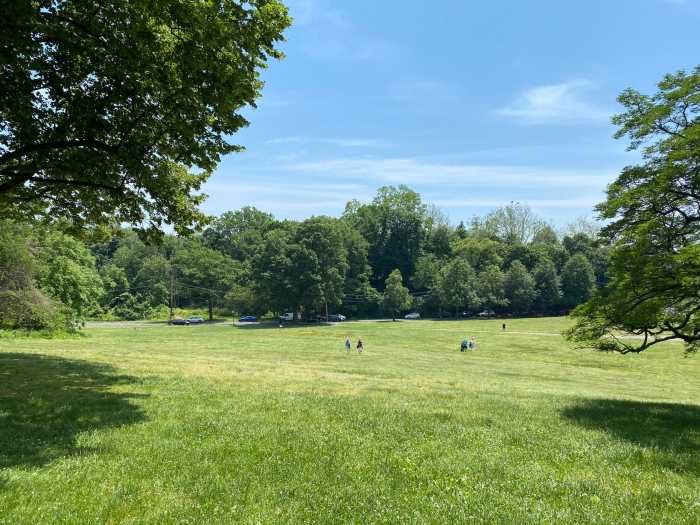Mayor Bill de Blasio plans on creating 200,000 units of affordable housing over the next 10 years in the city. We need more affordable housing in our city, but some of the steps he and other officials will be taking to accomplish this goal are disturbing.
The mayor and others think legalizing some illegally converted basement apartments and other units is a great way to produce more affordable housing.
But how many people will be living in those units, and will the units be safe not only for the tenants but for adjacent residents? What impact will they have on local neighborhoods, whose infrastructure was not designed to take on an unexpected increase in population?
Our schools are already overcrowded and parking is at a premium in most areas. Will these new units truly be affordable when the rent charged for them is homeowner-determined? Legalizing these units will only encourage more conversions and congestion.
Also, legalizing illegally converted units will negate our rezonings, which have been accomplished through the hard work of civic associations and community boards over the past several years. The character of our communities will change and not in a positive way.
In fact, when you read what is being proposed, upzoning to allow for more dense development and taller buildings is a big part of the picture in the mayor’s plan. This would happen all over the city.
Deputy Mayor for Housing and Economic Development Alicia Glen said, “To become a more affordable city, we must become a denser city.”
City Planning Commission Chairman Carl Weisbrod is also supporting the mayor’s proposals. These people do not understand the concerns and viewpoints of the everyday taxpayers, especially in Queens.
What can we do to show our concern and disapproval for these particular ideas? Call or write your City Council member, state Assembly member and state senator and tell them you do not want illegally converted units legalized, you do not want the rezonings tampered with and you oppose upzoning in general.
We can get more units of affordable housing by requiring builders of new projects in appropriately zoned areas to set aside a higher percentage of those units for that purpose. We can preserve many existing, vacant buildings by using them for working-class people, seniors and veterans who cannot afford high rents.
The empty “T” building in central Queens is a perfect example of this type of situation.
We have to speak out and now is the time.
Henry Euler
Bayside


































